

This thesis aims to point out the culture of cohabitation that prevails nowadays in Berlin, its influences and ways of expression. Cohabitation is defined as the conscious choice of at least two persons, without any family bonds, living together under one roof. The choice of living in community is nowadays expressed through the paradigms of communal apartments «Wohngemeinschaften», assemblies «Baugruppen» and the so called «House Projects», which are legalized former squats.
In an attempt to interpret this matter, retrospection, of the moments that defined the everyday life of the city and its inhabitants, especially after the Word War II, is being held. The analysis of the socio-political events and developments helps in the process of understanding the collective organization and action of citizens, as a way to address the needs provoked by the defeat and destruction of Berlin. Through this analysis, the creation and development of the "non-formal architectural scene", which was expressed in an extended wave of squatting, can be explained. Finally, a presentation of the evolution of this movement today, and the other self-organized cohabitation models mentioned above is taking place.
Supervisor: Papadopoulos Lois
Reference Number: 656
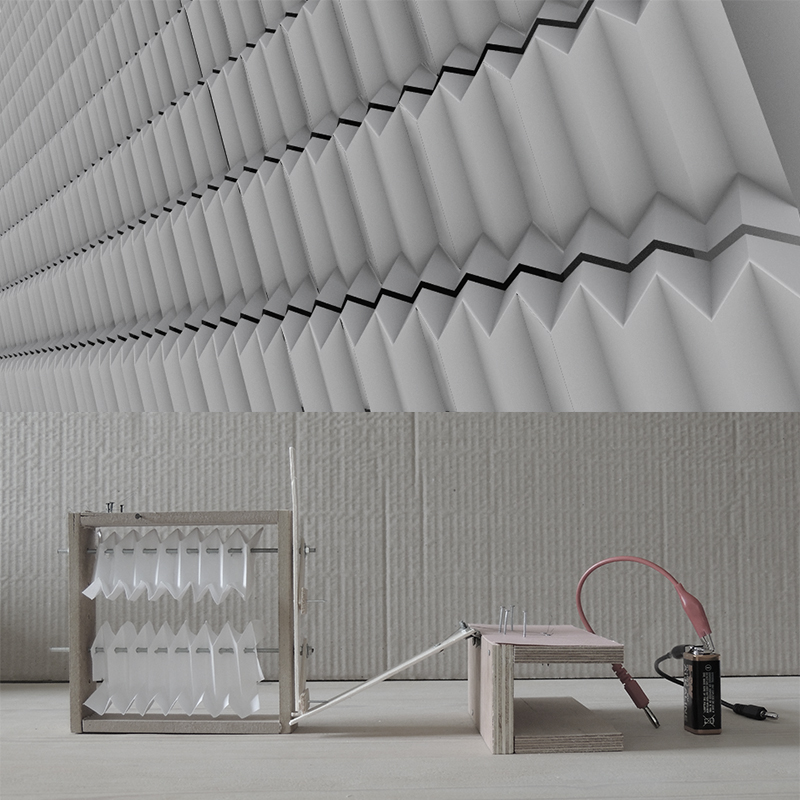

The research begins with the interpretation of the government architecture and its connection with the kinetic architecture, seeking their origins. Several issues, which have concerned architects, designers and government people since 1960s, are cited. Moreover, the evolution which exists nowadays and some conclusions, which have been drawn concerning kinetic architecture, are presented. During the analysis the meaning of motion which resides in the formation of buildings as living organisms, is interpreted considering the various possibilities of movement. In addition, a reference is made to engineering as a science and to simple engines which are capable of provoking motion with comparatively little force. Prior to the presentation of the experiment, several new materials, which are being used in architecture and the so called clever materials that enclose the property of motion are presented focusing on the nickel and titanium alloy (Nitinol and Flexinol), which comprised the materials of our experimentation. After the experiment completion several conclusions are reported concerning the use of flexinol on dynamic parts of the facades. Aiming at the study of a model shade, several principles of the bioclimatic design and the function of the façade when handling the environmental changes, are reported. In the end the study of the shade is conducted, combining the basic principles in order to accomplish thermal and visual comfort and a way of using the shade is suggested with the aid of a mechanism which functions with the clever material flexinol and activates with the sun.
Supervisor: Tsangrassoulis Aris
Reference Number: 654
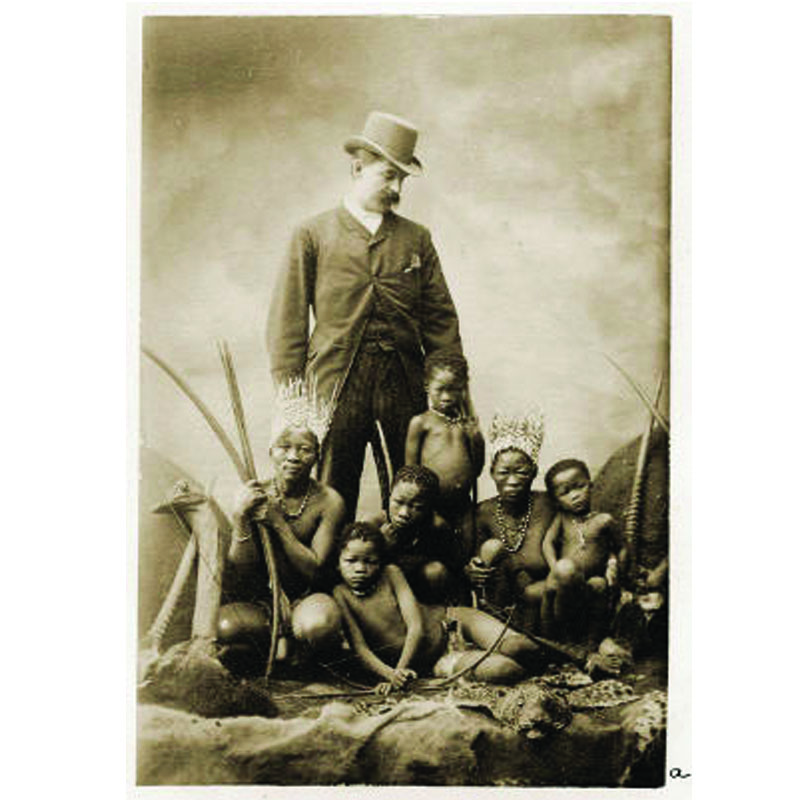

In the end of 19th century, almost the 9/10 of the earth is controlled by Europeans. Colonialism was legalized by ideological constructions, according to which non-western people were inferior and incapable to manage themselves. Through propaganda strategies, as well as through culture, those ideas were widely spread and accepted from a big part of society, shaping consent to the invasion in other countries.
In this research project an attempt is made to approach architecture through the prism of postcolonial theory. It is investigated the use of architecture in colonialism, as a means of reinforcement of power relations. In addition, there is a more specific reference to the crucial role colonialism had in the history of modernism: the French colonies in North Africa functioned/served as ‘’experimental terrains’’, καθώςit was there that ideas of modernism were materialized, before they were transferred to Europe. There are presented as case studies two different spatial strategies that were implemented in Morocco, in two different chronological periods, that had to do with the management of the indigenous population, and its spatial exclusion from the European city. In addition, there are presented two unrealized projects from Le Corbusier, for the capitals of Algeria and Ethiopia. In these case studies, it is presented the way that the architectural and urban politics contributed to the support of the colonial authorities and the empowerment of inequality, regardless of the different and seemingly conflicting strategies that were implemented. Moreover, it is described how the ideological constructions which supported the existence of inferior races served as arguments for the subjugation of people, as well as for the whole enterprise of colonialism.
Supervisors: Giannisi Phoebe, Tzirtzilakis Yorgos
Reference Number: 678
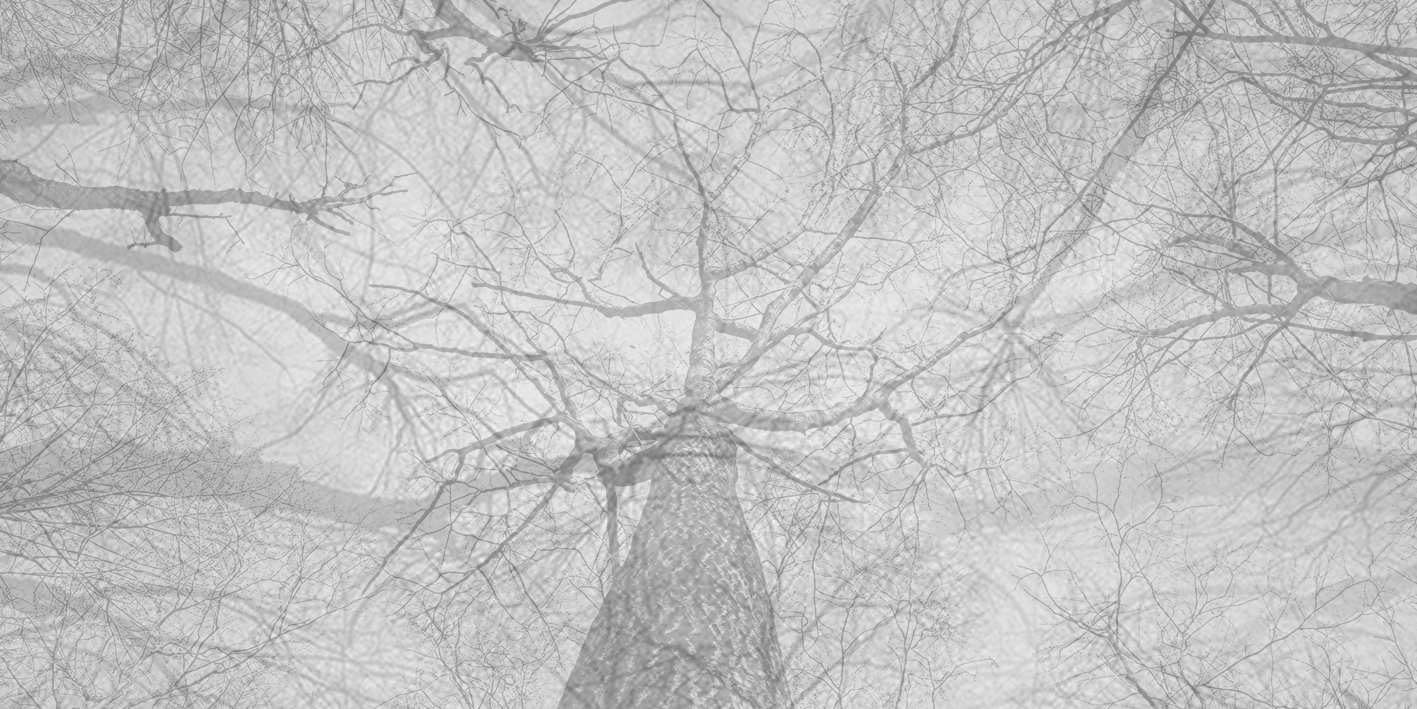

Climatic change and the new environmental facts coming to light every day, make the need for behavioral change by nations, cities and individuals, all the more pressing. Specifically concerning the sector of building infrastructure, architects and ecologists both agree that the urban design patterns directly contravene the efforts for environmental protection and natural resources sustainment. From another perspective based on design, modern houses intervene with the natural landscape, also draining natural resources like water and fossil fuels.
The endeavor for seeking autonomy from the central energy networks by making use of sustainable energy sources such as solar and aeolic, could be considered as a modern way of protecting the environment, as well as a way to oppose climatic change and the modern economy system. A habitational form that respects both the environment and the user, is the autonomous residence off grid which is the subject of the present research study. The off grid residence does not describe a primitive way of living without technological means, though living without any is left to the user’s choice. At the same time, it calls for a change in perspective and the general way of living, establishing the beginning of bioclimatic house design, friendly towards the person and the environment alike.
The present research subject deals with the analysis of environmental data which constitutes the reason for the establishment of such a way of inhabiting. It also deals with the analysis of the necessary supportive technology, through which the users living standards are retained. Finally, characteristic examples of this inhabiting form are analyzed through this research.
Supervisor: Tsangrassoulis Aris
Reference Number: 676
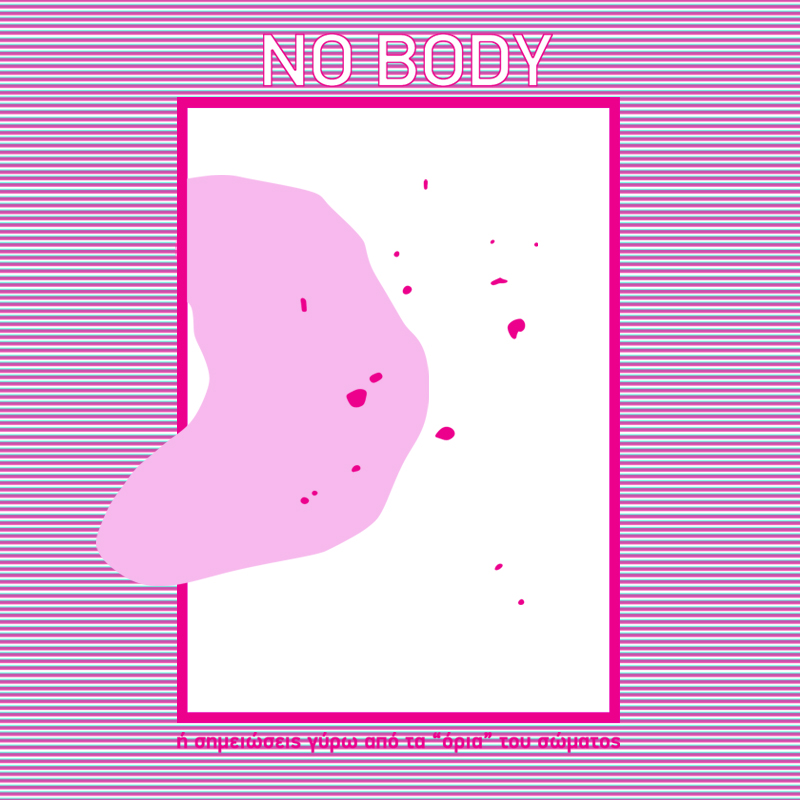

The entity of the body in the field of research occurs because the body is at the core of various considerations and affects different thematic fields. Ιt might be a common subject, because it constitutes a universal element of human nature and has been the topic of research for many years, from antiquity to present, but beyond its discrete boundaries, it still retains its ambiguous dimensions and relations of power that are being accepted and caused.
The organization of this text is attempting to provide a visualization of the limits of the human body, in the current era, and to detect its variety of conceptions and uses. The contradictory dimensions, concerning the body, are not attempting to disguise the uncertain boundaries nor to sort out issues of its special nature. On the contrary, they are contributing to the formulation of a problematic view and are trying to interpret it as an autonomous figure and explore it through the discontinuity which it allows. This research attempts to cause new fractures and unravel bonds that are wandering between situations, features and images while revealing a certain theoretical ambivalence when someone processes the subjective managing of social data and variables.
The “no-body” is used as a denial of the body, as for its definition, as a total degradation. Through society and Internet, we notice “degenerated” parts of the body which are trying through the transition to establish a new reality. This “no-body”, each body or nobody, beyond the multitude of the bodies that it’s suggests and beyond their collective “pathogenesis”, it demonstrates the body’s non-organizational nature, the impossibility of identical efficiency and the aversion to the distress for its definition.
Supervisor: Gavrilou Evelyn
Reference Number: 641


The present research with the title ''The role of tobacco in the development of the town of Xanthi and its tobacco warehouses'' focuses on two areas. Firstly, the specific role that tobacco has, its production and the wide development of northern Greece, specifically Xanthi. Secondly, the development of Xanthi through tobacco in a historical concept. Furthermore, it with present the unique type of tobacco and its varieties in Greece, through examining the commercial processing of tobacco, through new technology and cultivation. The first part of the study will conclude by examining the production work of SEKE.
The second power of the study is an analytical description of Xanthi's tobacco warehouses and their location. Subsequently, the study with examine their internal management, structure and production characteristics. Also the cultural role and interest that the tobacco warehouses promote in Xanthi. Generally the project focuses on the important role of the of tobacco on the development of the prefecture of Xanthi.
Supervisor: Kanarelis Theoklis
Reference Number: 634
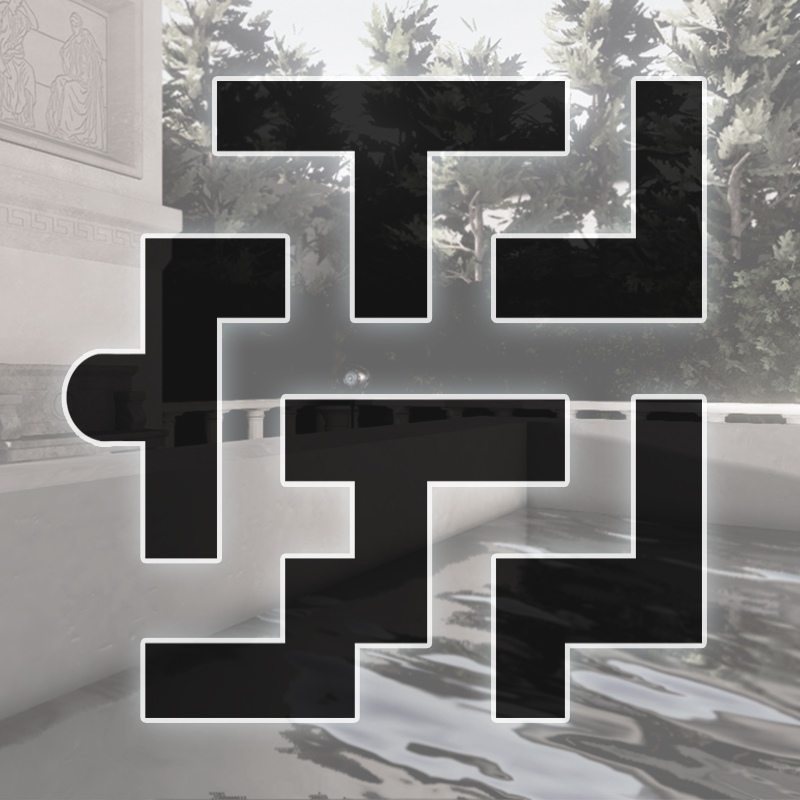

A research entitled "Pneuma: Breath of Life, first person perspective and simulation architecture through video games" was written to celebrate the release of the digital game Pneuma: Breath of Life.
Here we analyze the transition to the digital world and the relationship that the user gradually develops with both the space and technology. In this research there are presented virtual reality technologies that are used today in architecture and how these are connected to video games by listing specific examples. Then the different views that are used in digital games are listed and their importance for architecture is shown. Considering one of these as most important, that of the first-person perspective, pneuma is selected as a representative example of the use of technology in architecture and in this essay the architectural data found in this game is analyzed.
In pneuma the most important element related to the architecture is the visual perception of space, meaning what is the image that is perceived by the user within the gaming environment. Then, subsequently to visual perception the movement through space is shown, the flow into this space and the switch between different types of rooms. The dipole between light and darkness occurs in the VR environment of pneuma and the materials and details of sites make it look plausible. Ultimately, it creates a certain atmosphere of grandeur to the user, who acts in a specific way within the pneuma spaces to solve the puzzles encountered.
So, the pneuma is an example of the use of video games for the presentation of architectural spaces. It extends the role of architecture in the world of digital games, as it makes proper use of the available space.
Supervisor: Papadopoulos Spiros
Reference Number: 640
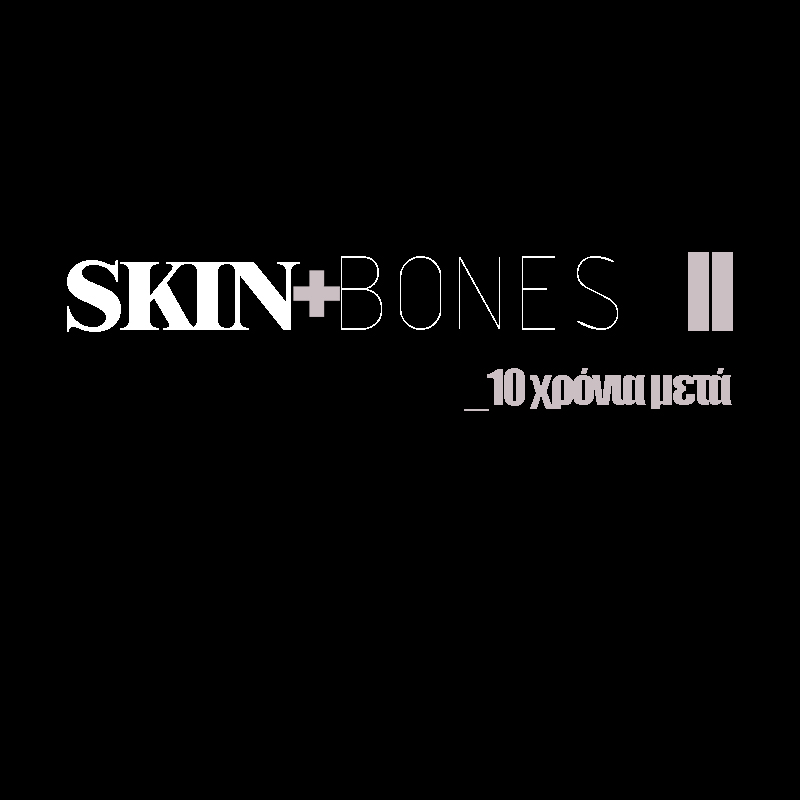

This research deals with the evolution of the common way fashion and architecture follow, from the point where the milestone exhibition "SKIN+BONES: Parallel Practices in Fashion and Architecture" closes its doors, until now; a ten year period of time.
Specifically, in the first part, there will be a reference to the intersection between those two fields of research, through the literary and exhibitions occurred about this particular subject, concluding to the comparison of those two fields to the term "art"; and their products (buildings/clothes) to the artwork.
The other part of this research -after the juxtaposition of the initial catalogue- focuses in the differences between this new catalogue and the one of Brook Hodge, as those result from the design principles and construction techniques evolution, from 2006 onwards, placed just before the new catalogue -as transformed through observations made- is presented here.
This new catalogue emerged from the previous procedure is the principal and main target of this Research.
Supervisor: Gavrilou Evelyn
Reference Number: 647

